6 Back Pain Exercises That Work in 9 Minutes, Says Physical Therapist

That nagging lower back pain has become your unwanted companion, making even simple tasks feel challenging. Whether it's from sitting too long at your desk or overdoing it at the gym, back pain can significantly impact your quality of life. The good news? Relief might be just nine minutes away.
Dr. Jared Beckstrand, a Doctor of Physical Therapy and founder of the popular fitness platform Tone and Tighten, has developed a simple yet effective routine to help alleviate back pain. With his expertise in orthopedic rehabilitation and athletic performance, Dr. Beckstrand has helped thousands find relief through these targeted exercises. Follow along with this nine-minute routine that you can do right at home.
Lumbar Rotation: Get Started with Gentle Twists
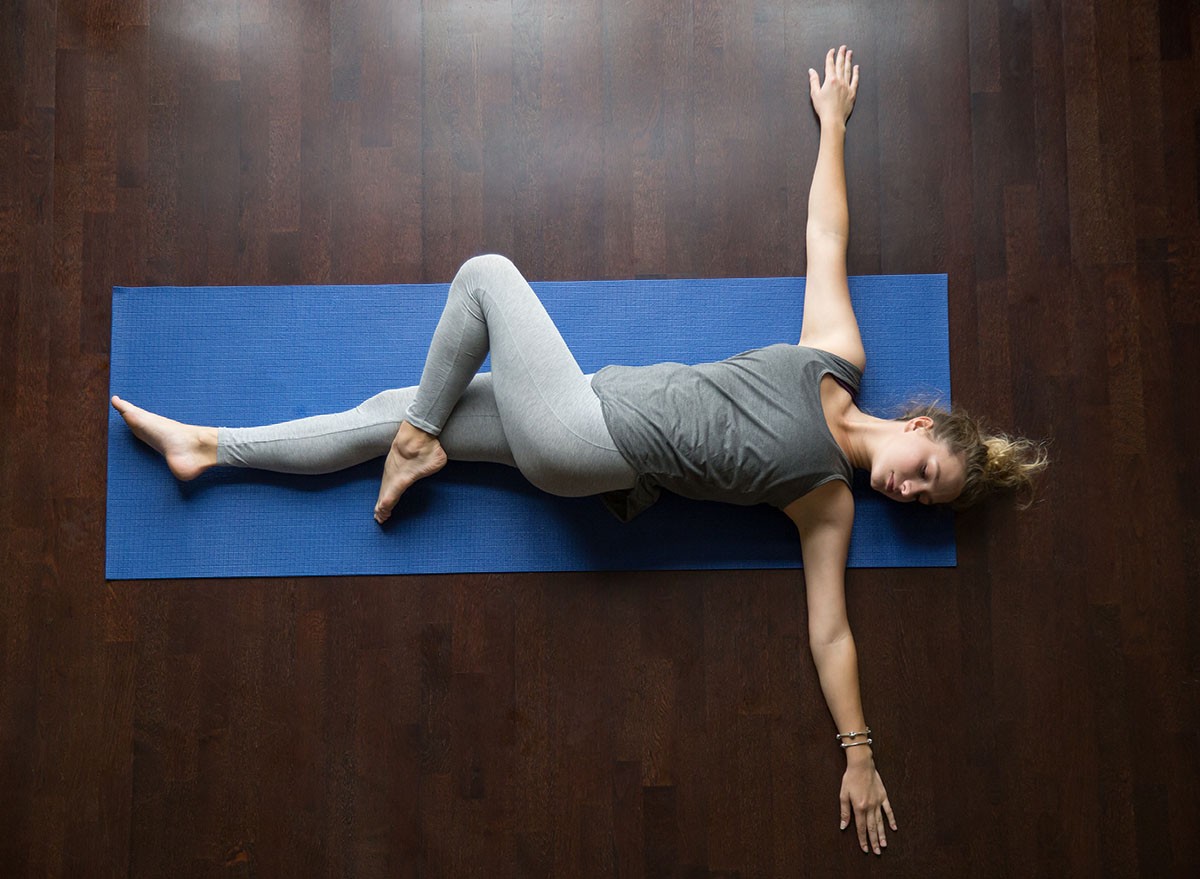
Begin by lying on your back with your knees bent. "Let both your knees fall to one side while keeping your shoulders firmly on the ground," says Dr. Beckstrand. Hold this position for 20 seconds on each side, repeating three times. As your muscles relax, you'll notice increased flexibility with each rotation.
Stretch: Target Deep Hip Muscles
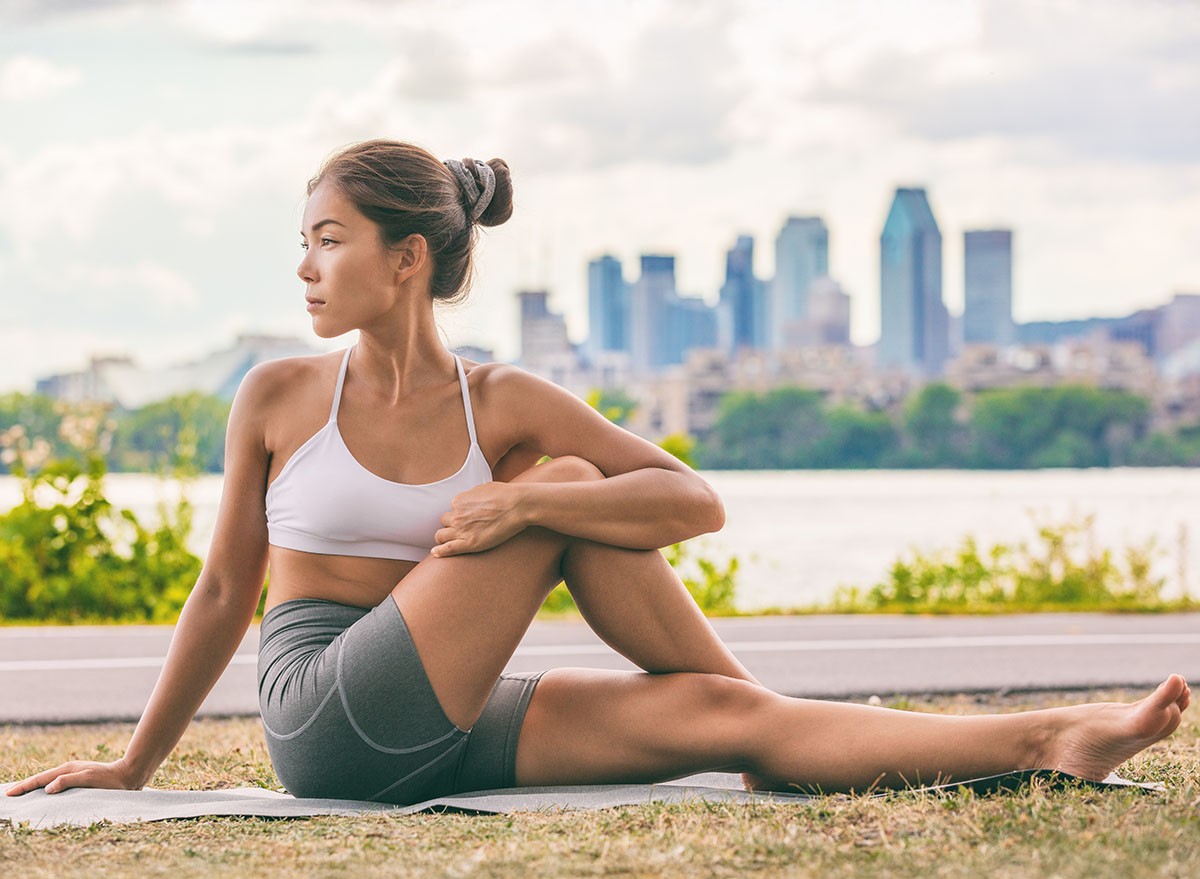
Next, address the piriformis muscle, which Dr. Beckstrand notes is tight in "nine out of 10 patients with low back pain." Cross one leg over the other and pull your bottom knee toward your chest. Hold for 20 seconds on each side, performing three sets. Remember, as Dr. Beckstrand emphasizes, "A gentler stretch held longer is more effective than an aggressive stretch held briefly."
Hamstring Stretch: Release Tension from Your Legs
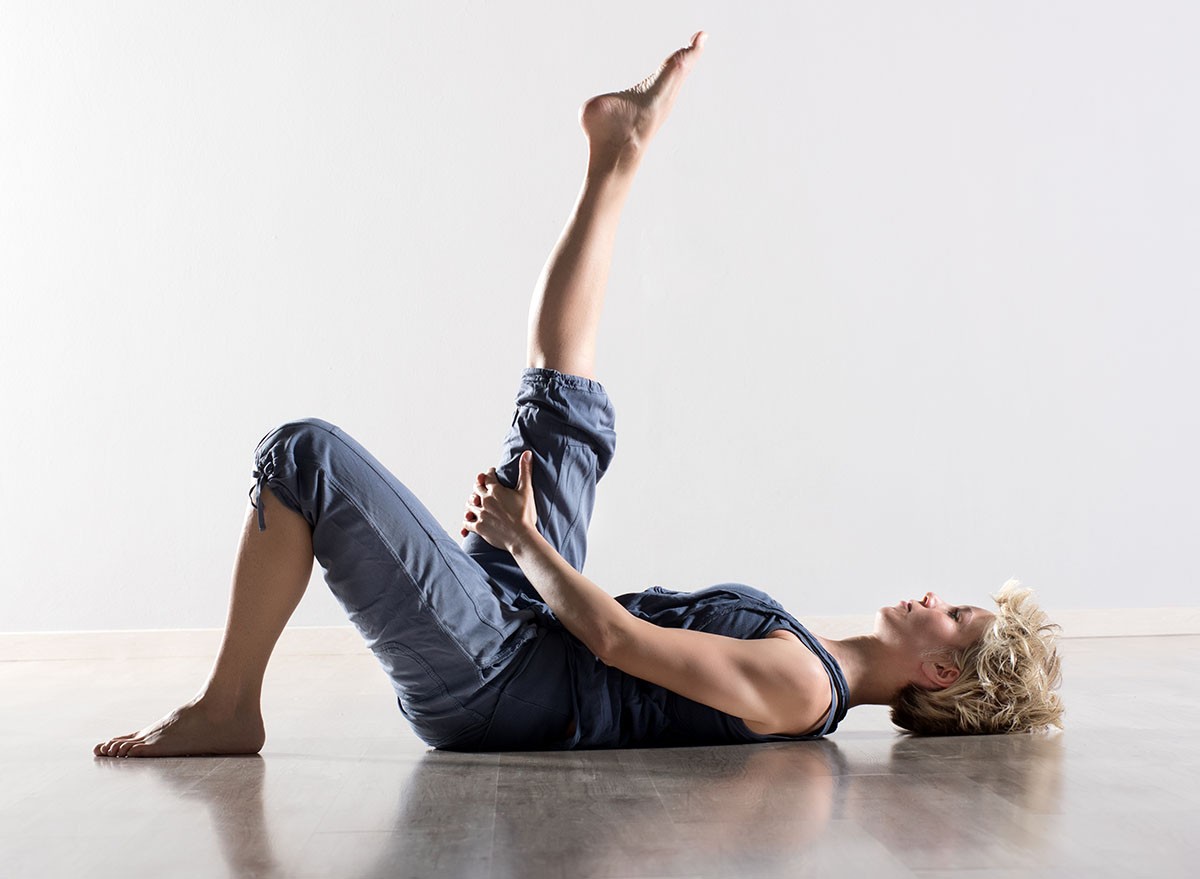
Your hamstrings connect to your pelvis, affecting your lower back's foundation. Lie on your back, grab behind one knee, and gradually straighten that leg toward the ceiling. "You should feel the stretch from behind your knee to your buttocks," Dr. Beckstrand explains. Hold for 20 seconds each side, repeating three times.
Pelvic Tilts: Restore Natural Movement
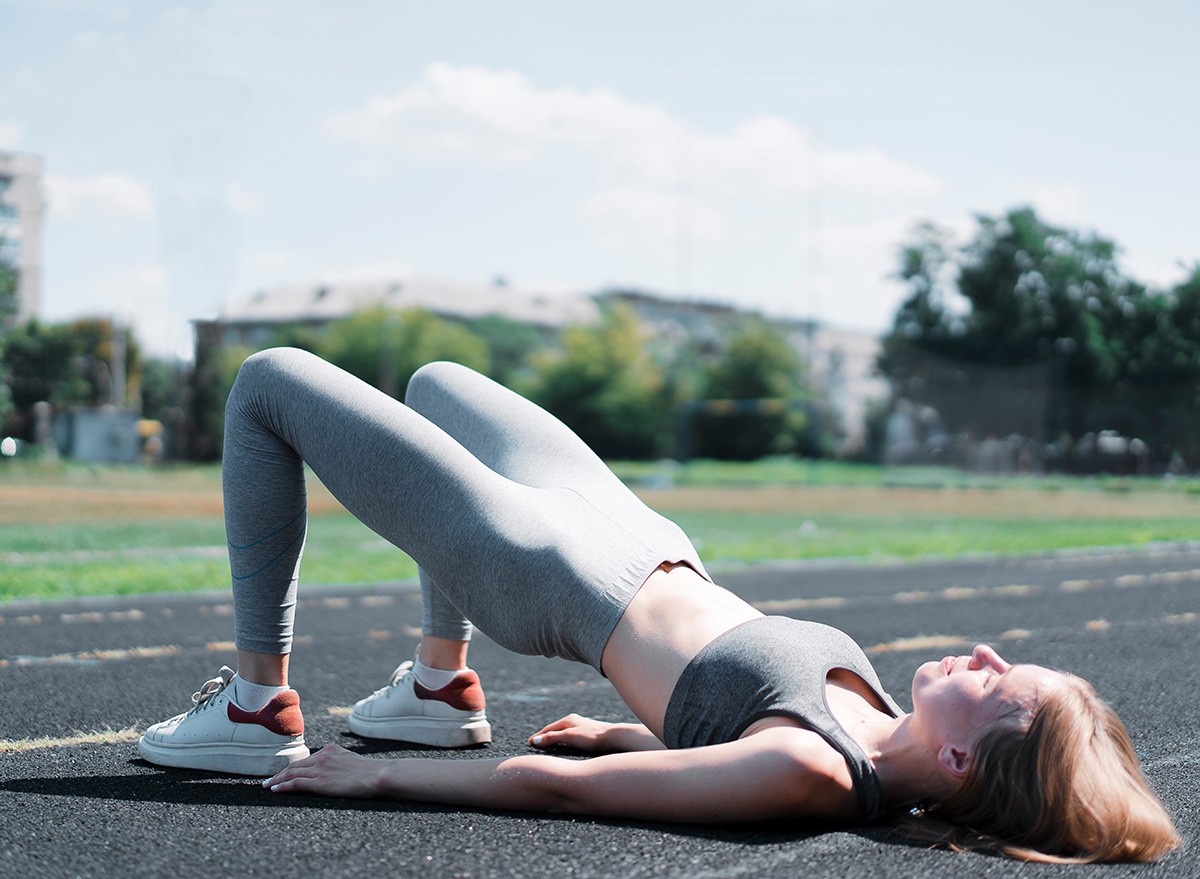
Moving into strengthening exercises, perform pelvic tilts while lying on your back. Dr. Beckstrand instructs to "rotate your hips backward to press your lower back into the mat, then forward to create an arch." Maintain each position for three seconds, continuing for one minute. Note: Skip this exercise if you have severe disc problems or stenosis.
Glute Bridges: Strengthen Supporting Muscles
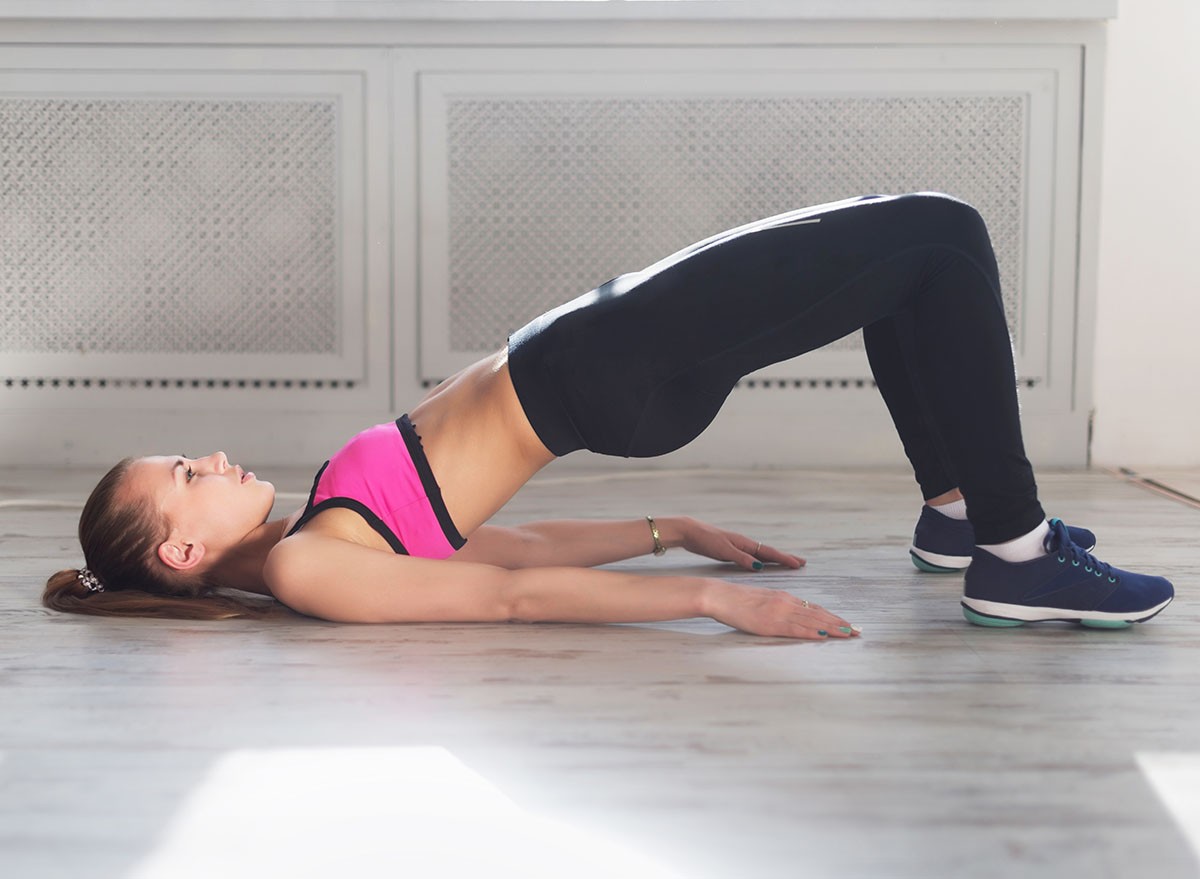
"Your back muscles work in connection with your glutes," Dr. Beckstrand shares. Lying on your back with knees bent, squeeze your glutes to lift your hips toward the ceiling. Hold for three seconds before lowering. Focus on using your glutes rather than your hamstrings for maximum benefit.
Bird Dogs: Final Core Stabilization
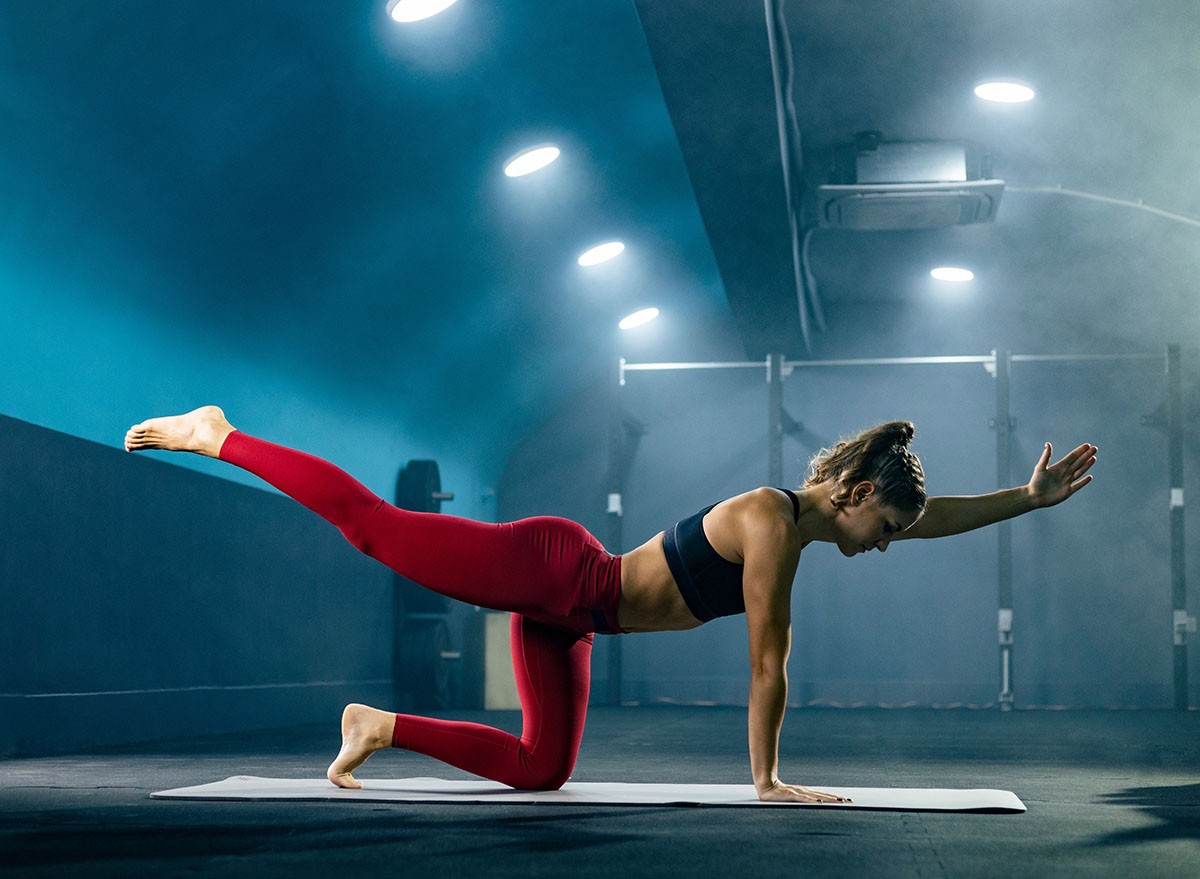
Complete the routine with bird dogs. On hands and knees, extend opposite arm and leg simultaneously. "This exercise creates excellent stabilization in your lower back," explains Dr. Beckstrand. Hold each position for two seconds before alternating sides.
Making It Part of Your Routine
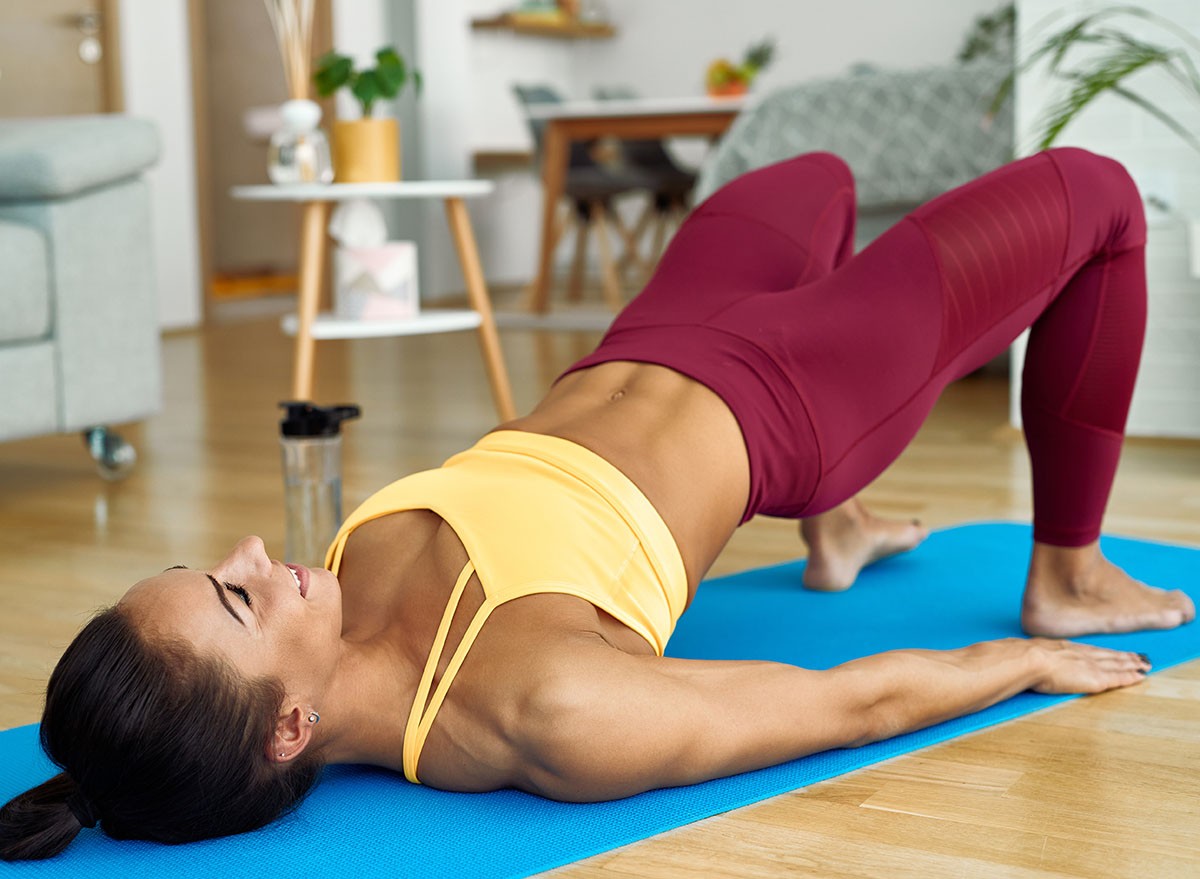
For optimal results, Dr. Beckstrand recommends performing the stretches (exercises 1-3) two to three times daily, while the strengthening movements (exercises 4-6) can be done once or twice per day. "It doesn't have to be long," he emphasizes, "it just has to be consistent."
RELATED: This Is Exactly How to Lose Body Fat This Year
Tips for Success
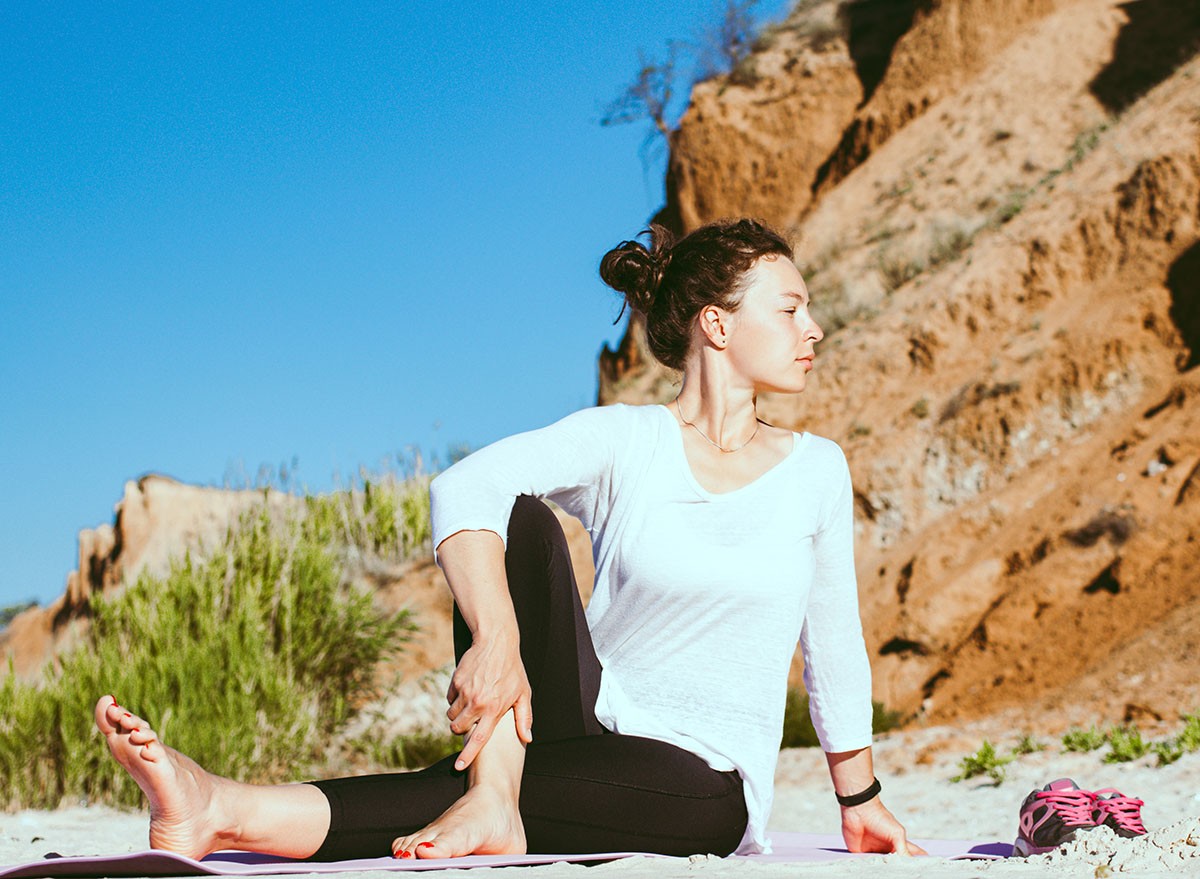
Always work within your comfort zone and never force a stretch to the point of pain. If you experience increased discomfort with any exercise, skip it and consult a healthcare professional. Remember, these exercises are meant to provide relief, not create additional strain.
RELATED: 12-3-30 Walking Method: 20 Proven Tips to Lose Weight Faster
When to Expect Results

While individual results vary, many people report feeling improvement after just one session. However, consistent practice over several weeks typically yields the best long-term results. As Dr. Beckstrand notes, "The lower back wants to feel better – presenting it with the opportunity through the right exercises really goes a long way in helping to alleviate pain and tension."
Give this routine a try today, and take the first step toward a stronger, more comfortable back. Remember to move mindfully and listen to your body throughout the exercises. With consistency and proper form, you're on your way to better back health. And if you enjoyed this article, don't miss these 3 Simple Stretches Made This Coach More Flexible in 2 Weeks.




